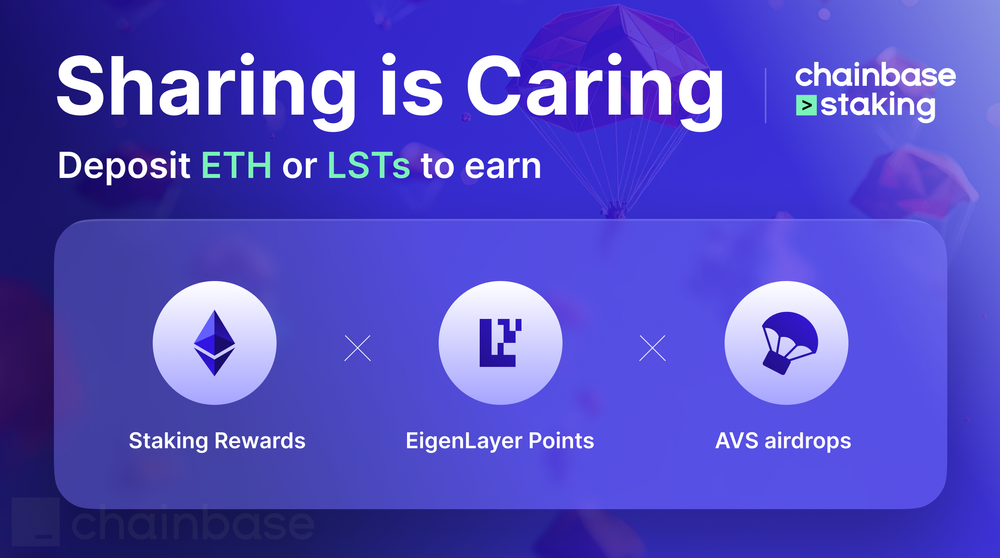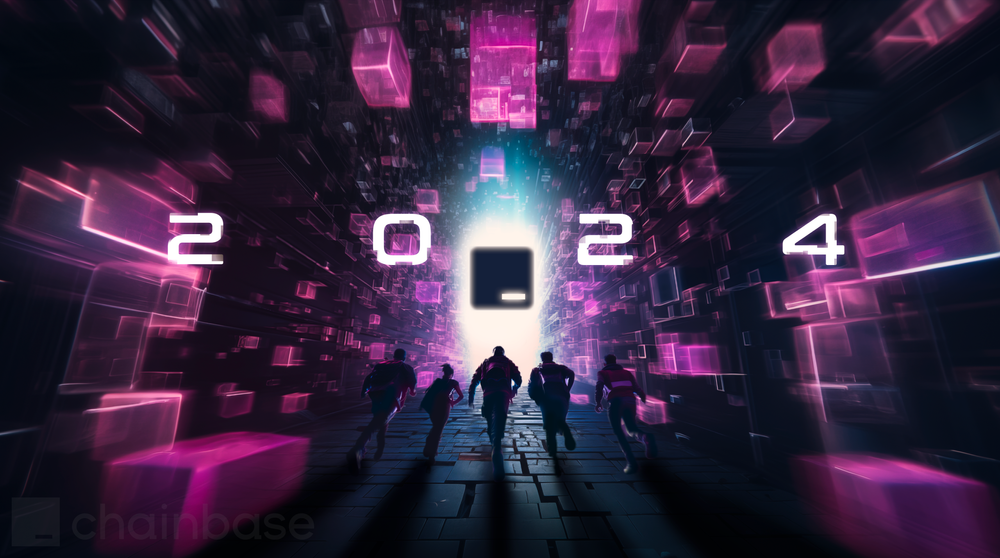Multichain Introduction
Amidst the flourishing landscape of the blockchain field, new projects and protocols emerge continually, each aiming to address real-world challenges. Among them, the Multichain protocol stands out as a remarkable technology, garnering widespread attention within the industry.
Multichain was born as Anyswap on the 20th July 2020 to service the clear needs of different and diverse blockchains to communicate with each other. Each blockchain has its own unique services that it provides, its own community and its own development ecosystem. For our industry to reach the next level for consumers, we need a fast, secure, inexpensive and reliable way to exchange value, data and exercise control between the chains.
The solutions developed by Multichain allow almost all blockchains to inter-operate. There is no restriction to Ethereum like chains (e.g. Binance Smart Chain), or different Layer 2 chains requiring finality to Ethereum (e.g. Polygon), or a network of Parachains (e.g. Moonbeam in the PolkaDot system), or Bitcoin types of chain (e.g. Litecoin), or COSMOS chains (e.g. Terra). These are either now all integrated, or on course for integration. With support for all ECDSA and EdDSA encrypted chains, Multichain is almost universally applicable as an interoperable layer.
Multichain is now the leader in the cross-chain field, with a rapidly expanding family of chains (currently 26) and daily volumes well in excess of $100 million . Its sustained daily volume of more than $100 million, its Total Value Locked in excess of $5 billion and its thousands of daily users are testament to its popularity and security.

Founding Team
The success of the Multichain protocol is attributed to its robust founding team, composed of seasoned experts in the blockchain domain with years of research and development experience in blockchain technology. The team's passion and dedication to blockchain technology are vital pillars for the success of the Multichain protocol.
Key members of this team include:
- Adam Thompson: Serving as the Chief Executive Officer (CEO) of Multichain, Adam boasts over a decade of experience in the crypto field. He has participated in various blockchain projects, dedicating himself to advancing the practical applications of blockchain technology.
- Lisa Wilson: Holding the position of Chief Technology Officer (CTO) at Multichain, Lisa is an authority in the blockchain technology domain. She has held significant positions in several prominent blockchain startups and possesses an extensive technical background.
- David Johnson: David takes on the role of Chief Architect at Multichain, leveraging his profound knowledge in distributed systems and blockchain technology. He stands as one of the core architects behind the Multichain protocol.
The commitment and expertise of the founding team are the bedrock upon which the success of the Multichain protocol is built.
The SMPC Network Introduction
The Multichain network comprises what are called SMPC nodes. They exist separately from any blockchain and collectively sign transactions, but a group of them must do so together and they each only ever know part of the key to make this happen. The SMPC nodes are run by different organisations, institutions and individuals and they are incentivized to perform their functions properly.
The Multichain Services Introduction
There are some different services that use the SMPC network
(1) Bridge
An asset is locked up in a MPC smart contract on the source chain and then a corresponding wrapped asset is minted on the target chain. The reverse process (called Redeeming) sees the wrapped asset being burned and then the asset in smart contract being released back to the chain from where it originally came from. A bridge can therefore only ever operate between two blockchains. This was the first crosschain service developed back in July 2020, which is called V2. There are now more than 600 bridged assets and it is easy to deploy new ones, a process that takes about 2 weeks, which can perform upon request and is free.
For many projects, the custodial bridges are still the best solution, since they do not require liquidity on each chain. They remain alongside the other methods of crosschain transfer. They are most useful when projects are launching straightforward ERC20 like tokens on new chains where they do not already have tokens. Several two way bridges can be deployed for each token.
(2) Router
On June 4th 2021, Multichain launched its Multichain router V3 beta mainnet. The Router has these significant features:
It can allow assets transfers between any two or more chains.
It can work with pre-existing assets on blockchains, by using liquidity pools for those assets.
It can also work with Bridged assets smart contract, where Multichain is responsible for minting assets on chains. This allows a generalisation of Bridges, so that assets are not restricted to having to return to their source chain before being sent to another chain. This makes for a cost effective solution for users, especially if the asset originated on Ethereum.
The Router can include both native and Bridged assets. This allows inclusion of assets that might have been generated with a third party bridge (though we would need to understand what bridges were originally used).
(3) anyCall Crosschain Contract Calls
With the anyCall smart contract function, projects can now make cross-chain contract calls, all with the security of Multichain's MPC network.
(4) Crosschain NFT Bridges and Router
Multichain now offers a bridge for NFT's (both ERC721 and ERC1155 smart contract standards), also now has a Router for NFT's.
Multichain’s core competencies
Non-custodial + MPC
MPC, the powerful symbol of decentralization, processes Multichain cross-chain bridging and smart contract methods on other chains.
No-slippage Bridge
Multichain’s 1:1 bridge enables users to perform 0 slippage transfers and eliminate the hidden cost associated with AMM.
Multichain Router
Multichain Router allows users to swap between any two chains freely. It reduces fees and makes it easier to move between chains.
Directions and goals
Multichain will subsequently go live with NFT cross-chain bridge and anyCall solutions for arbitrary cross-chain contract calls to meet new cross-chain applications such as multichain lending, multichain yield aggregator, Cross-chain decentralized exchange, etc. Multichain strives to make continuous progress towards the infrastructure of web3.0.
Multichain Protocol has made significant progress in the evolution of blockchain technology and will continue to lead the development of the industry and contribute to the prosperity of the digital economy in the future. We look forward to Multichain’s future innovations and achievements!
About Chainbase
Chainbase is an open Web3 data infrastructure for accessing, organizing, and analyzing on-chain data at scale. It helps people to better utilize on-chain data by combining rich datasets with open computing technologies in one data platform. Chainbase’s ultimate goal is to increase data freedom in the crypto.
More than 5,000 developers actively interact with our platform and over 200Mn data requests per day as their data backend and integrate chainbase into their main workflow. Additionally, we are working with ~10 top-tier public chains as first-tier validators and managing over US $500Mn tokens non-custodially as a validator provider. Find out more at: chainbase.com
Want to learn more about Chainbase?
Sign up for a free account, and Check out our documentation.
Website|Blog|Twitter|Discord|Link3







